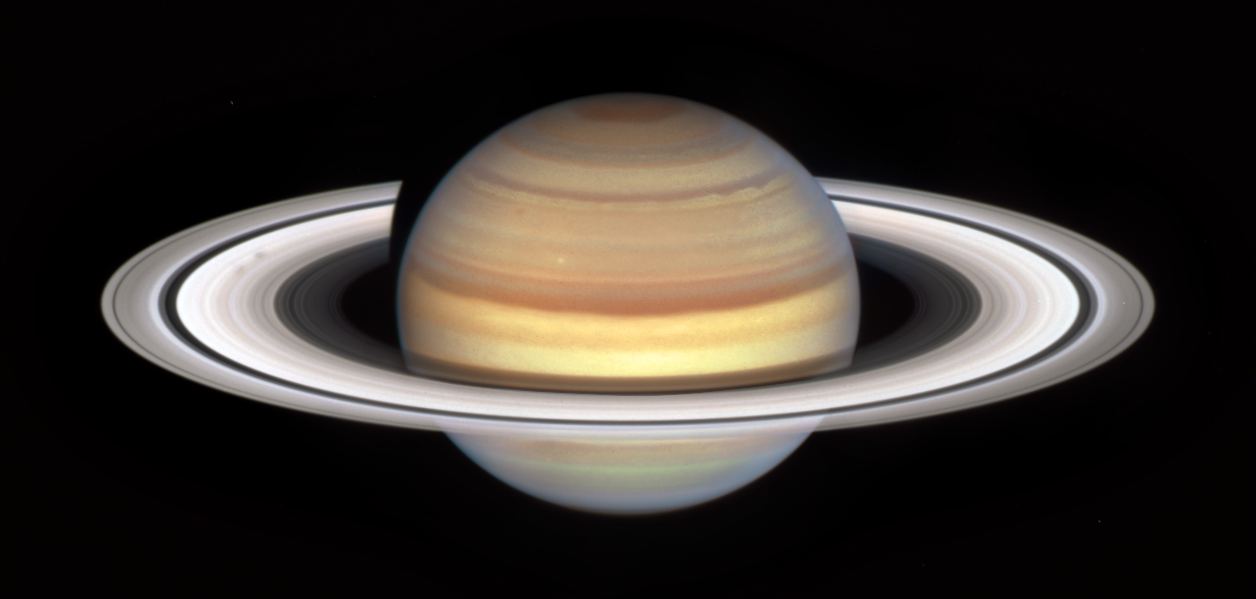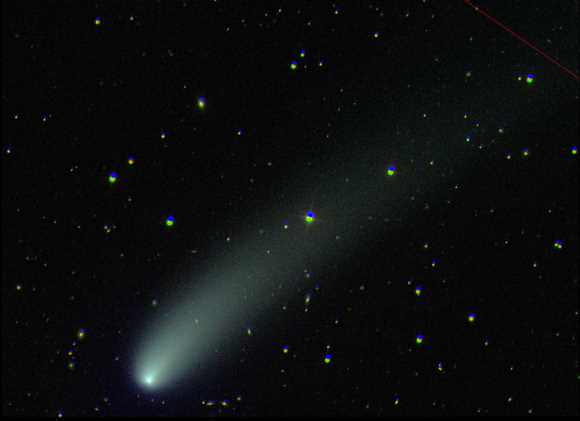Stars come in all manner of sizes and temperatures. Many of the massive ones are nearing the end of their lives and at some point in the next few million years, will detonate as supernova explosions. Observing the early stages of these events is tricky though as we can never be sure when they will go pop! It would be great if we could narrow down the timeframe to help hone our search. One theorised phase is that massive stars can ‘hiccup’ with its core expanding and contracting rapidly. This is known as ‘pulsational pair-instability’ and finally a team of astronomers have actually caught a star having the hiccups!
Even Stars Can Get the Hiccups










